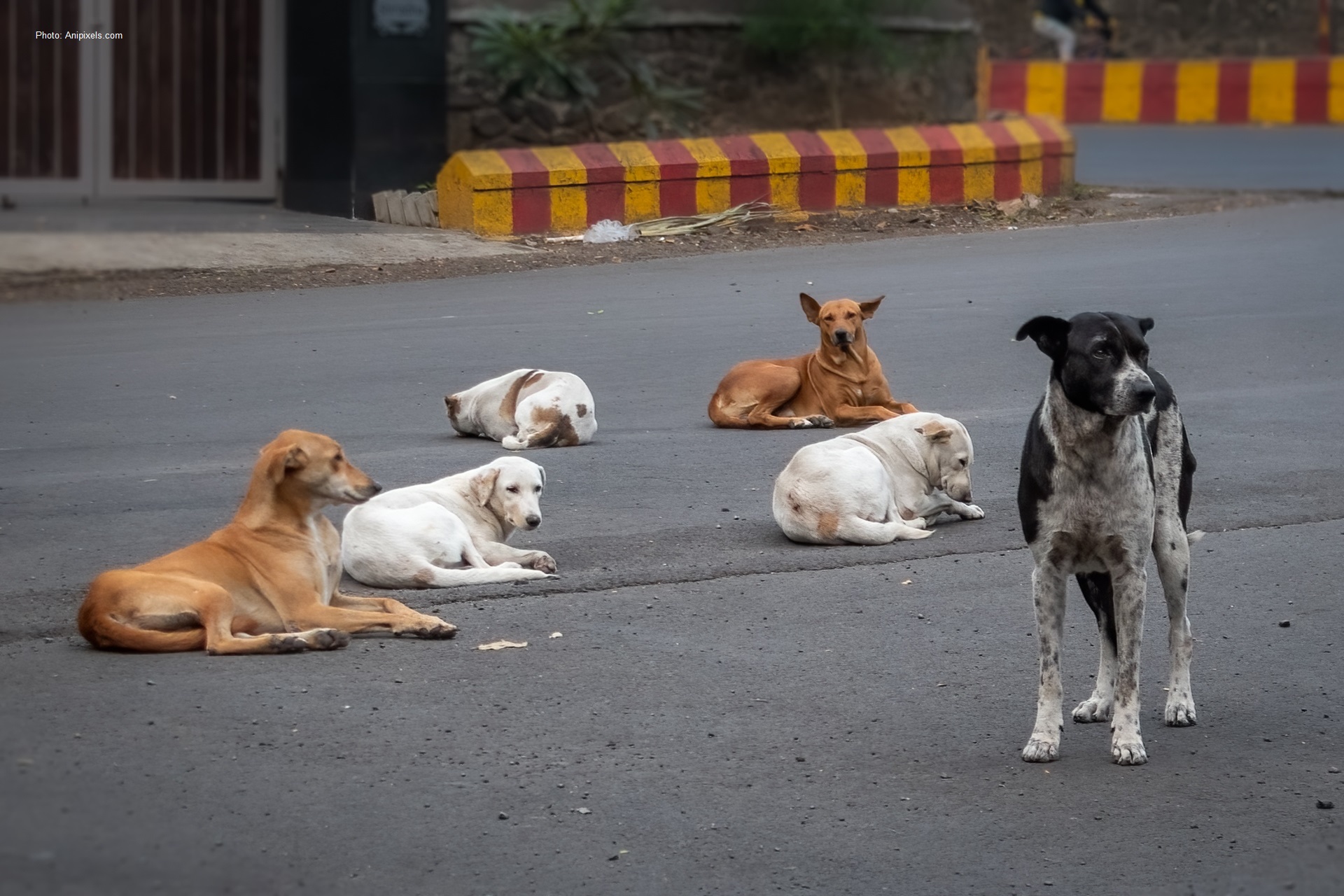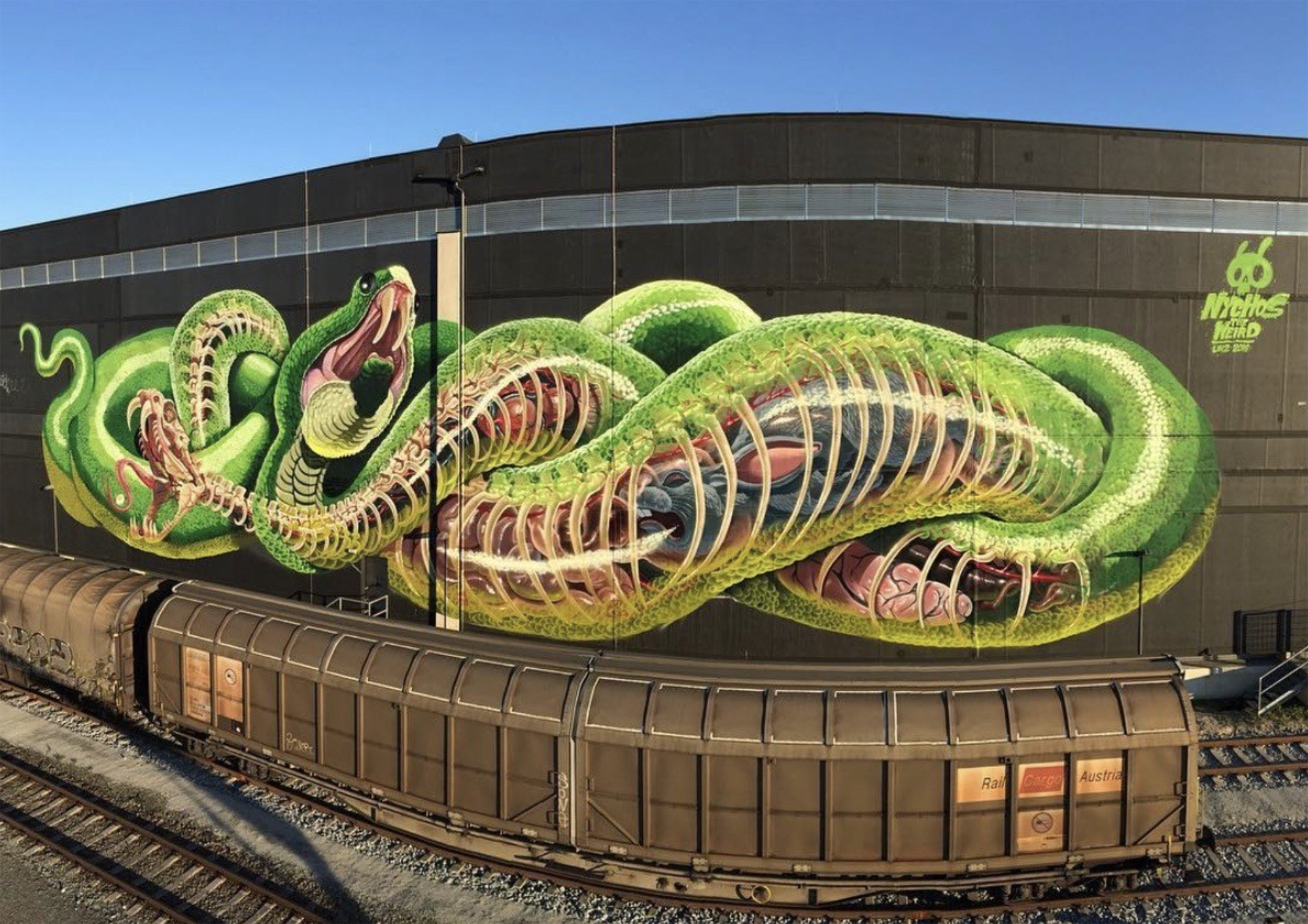Animal Street: The Buzzing Hub Where Wildlife Meets Urban Living
Hey there, nature enthusiasts and city dwellers alike! Let’s dive straight into the heart of something extraordinary—Animal Street. This isn’t just any ordinary street; it’s a melting pot where urban life and wildlife coexist in harmony. Imagine walking down a bustling avenue filled not only with humans but also with creatures that have adapted to thrive in an urban jungle. Sounds fascinating, right? Well, buckle up because we’re about to uncover the magic of Animal Street, a place where animals and people live side by side, creating a unique ecosystem.
So why is Animal Street such a big deal? In a world where urbanization often pushes wildlife out of their natural habitats, this street stands as a shining example of coexistence. It’s not just about animals roaming freely; it’s about how cities can be designed or repurposed to accommodate both human and animal populations. This concept is becoming increasingly important as our cities grow larger and the pressure on natural habitats intensifies.
Now, before we dive deeper into the nitty-gritty of what makes Animal Street so special, let’s set the stage. Picture this: a street lined with trees, lush greenery, and even little ponds where ducks paddle leisurely. You might see squirrels darting between branches, birds chirping melodiously, and perhaps even a stray cat lounging on a park bench. It’s a paradise for animal lovers and a reminder of the beauty of nature amidst the concrete jungle. Let’s explore further, shall we?
Read also:Devon Adventures A Closer Look At Anthropologie Devon Photos
What Exactly is Animal Street?
Alright, so let’s break it down. Animal Street isn’t just a catchy name—it’s a concept, a movement, and a reality in many cities around the world. At its core, it’s a street—or sometimes an entire district—designed to accommodate both human and animal life. The idea is simple: create spaces within urban environments that allow wildlife to thrive without feeling threatened or displaced.
Think of it as a sanctuary within the city. These streets often feature green spaces, wildlife corridors, and even designated areas where animals can roam freely. For instance, some cities have introduced “cat cafes” or “dog parks,” but Animal Street takes it a step further by integrating these spaces into the daily life of the neighborhood. It’s not just about pets; it’s about all kinds of animals, from birds and insects to reptiles and even small mammals.
Why is Animal Street Important?
Here’s the thing: as cities expand, natural habitats shrink. This puts immense pressure on wildlife, forcing them to adapt or perish. Animal Street offers a solution by providing safe havens within urban areas. It’s not just about saving animals; it’s about creating a balanced ecosystem where both humans and wildlife can thrive.
Moreover, Animal Street plays a crucial role in educating the public about the importance of biodiversity. When people see animals living peacefully in their neighborhoods, they become more aware of the need to protect them. It fosters a sense of responsibility and encourages sustainable living practices.
Environmental Benefits
Let’s talk numbers. According to the World Wildlife Fund, wildlife populations have declined by 68% since 1970. That’s a staggering statistic, and it highlights the urgent need for initiatives like Animal Street. By creating urban spaces that support biodiversity, we can help reverse this trend.
For example, planting native trees and shrubs along Animal Street can provide food and shelter for birds and insects. Installing birdhouses and bat boxes can encourage these creatures to make the area their home. Even something as simple as a small pond can support a variety of aquatic life. These small actions add up to create a thriving ecosystem right in the heart of the city.
Read also:Alice Rosenblum Leaked Videos The Untold Story And What You Need To Know
How Does Animal Street Work?
So, how exactly does Animal Street function? It’s all about planning and design. Urban planners and environmentalists work together to create spaces that cater to both human and animal needs. This involves everything from designing safe crossing points for animals to ensuring that there are enough green spaces to support a diverse range of species.
One of the key elements of Animal Street is the use of wildlife corridors. These are pathways that connect different green spaces, allowing animals to move freely between them. Think of it as a highway for wildlife, ensuring that they can access all the resources they need without coming into conflict with humans.
Design Features
- Green roofs and walls to provide additional habitat space
- Native plant species to attract local wildlife
- Water features like ponds and fountains for hydration
- Nesting boxes and shelters for birds and small mammals
- Safe crossing points for animals to navigate the street
Animal Street Around the World
While Animal Street might sound like a novel concept, it’s already being implemented in various cities around the globe. From Melbourne’s urban wildlife corridors to Singapore’s nature reserves, cities are finding innovative ways to integrate wildlife into their urban landscapes.
Take, for example, the city of Amsterdam, which has implemented a program called “Green Network.” This initiative connects green spaces across the city, creating a network of habitats for wildlife. Similarly, the city of Portland in the USA has introduced “Green Streets,” which combine stormwater management with habitat creation.
Success Stories
There are countless success stories from cities that have embraced the Animal Street concept. In Melbourne, the introduction of wildlife corridors has led to a significant increase in bird and insect populations. In Singapore, the creation of nature reserves within urban areas has allowed for the reintroduction of species that were once thought to be extinct in the region.
These examples show that with the right planning and execution, Animal Street can be a game-changer for urban wildlife conservation.
Challenges and Solutions
Of course, implementing Animal Street isn’t without its challenges. One of the biggest hurdles is balancing the needs of humans and animals. For instance, how do you ensure that animals don’t become a nuisance to residents? Or how do you prevent conflicts between different species?
The solution lies in careful planning and community involvement. Educating residents about the importance of coexistence and providing them with tools to manage wildlife interactions can go a long way. Additionally, using technology like motion-sensor cameras and automated feeders can help monitor and manage animal populations effectively.
Community Engagement
Engaging the community is crucial to the success of Animal Street. This can be done through workshops, volunteer programs, and even school projects. When people feel connected to the wildlife in their neighborhood, they are more likely to support conservation efforts.
For example, some cities have introduced “adopt-a-tree” programs, where residents can take responsibility for maintaining a specific tree or plant. This not only helps the environment but also fosters a sense of ownership and pride among community members.
Future Prospects
Looking ahead, the future of Animal Street is bright. As more cities recognize the importance of biodiversity, we can expect to see an increase in initiatives aimed at integrating wildlife into urban environments. This could lead to the development of entire neighborhoods designed around the concept of coexistence.
Technological advancements will also play a significant role. From smart sensors that monitor animal behavior to drones that help with conservation efforts, the possibilities are endless. The key is to ensure that these technologies are used responsibly and ethically.
Innovative Technologies
Here are a few examples of how technology is being used to enhance Animal Street initiatives:
- AI-powered cameras to track animal movements and behaviors
- Automated feeding systems to ensure animals have access to food
- Smart lighting that mimics natural light cycles to reduce disturbance
- Mobile apps that allow residents to report sightings and contribute to citizen science
How You Can Get Involved
So, you’re convinced that Animal Street is a great idea, but how can you get involved? There are plenty of ways to contribute to this movement, whether you live in a city or a rural area. Start by educating yourself about local wildlife and the challenges they face. Attend workshops, join conservation groups, or even start your own initiative.
If you’re a homeowner, consider making your garden more wildlife-friendly by planting native species or installing bird feeders. Every little action counts, and together, we can create a world where humans and animals can live in harmony.
Call to Action
Now’s the time to take action. Whether you’re a city planner, a resident, or just someone who cares about the environment, you can make a difference. Share this article with your friends and family, start a conversation, and get involved in local conservation efforts. Together, we can turn more streets into Animal Streets.
Conclusion
Wrapping it up, Animal Street is more than just a street—it’s a vision for the future of urban living. It represents a shift in how we think about cities and their relationship with nature. By embracing this concept, we can create spaces that not only support human life but also nurture the wildlife that shares our planet.
So, what are you waiting for? Get out there and start making a difference. Share your thoughts in the comments below, and don’t forget to check out our other articles on sustainability and conservation. Together, we can build a better world for all living creatures.
Table of Contents
- What Exactly is Animal Street?
- Why is Animal Street Important?
- How Does Animal Street Work?
- Animal Street Around the World
- Challenges and Solutions
- Future Prospects
- How You Can Get Involved
- Conclusion


